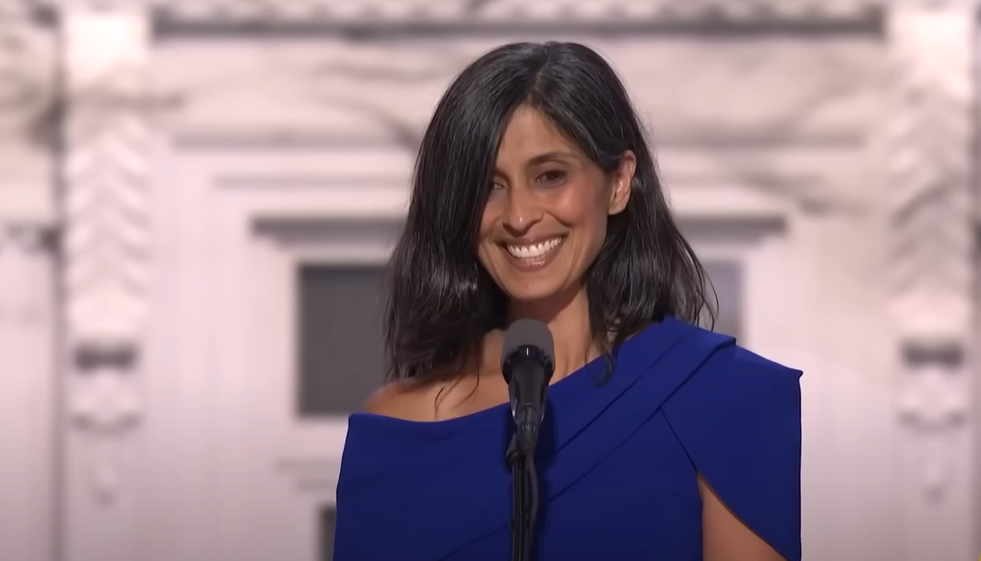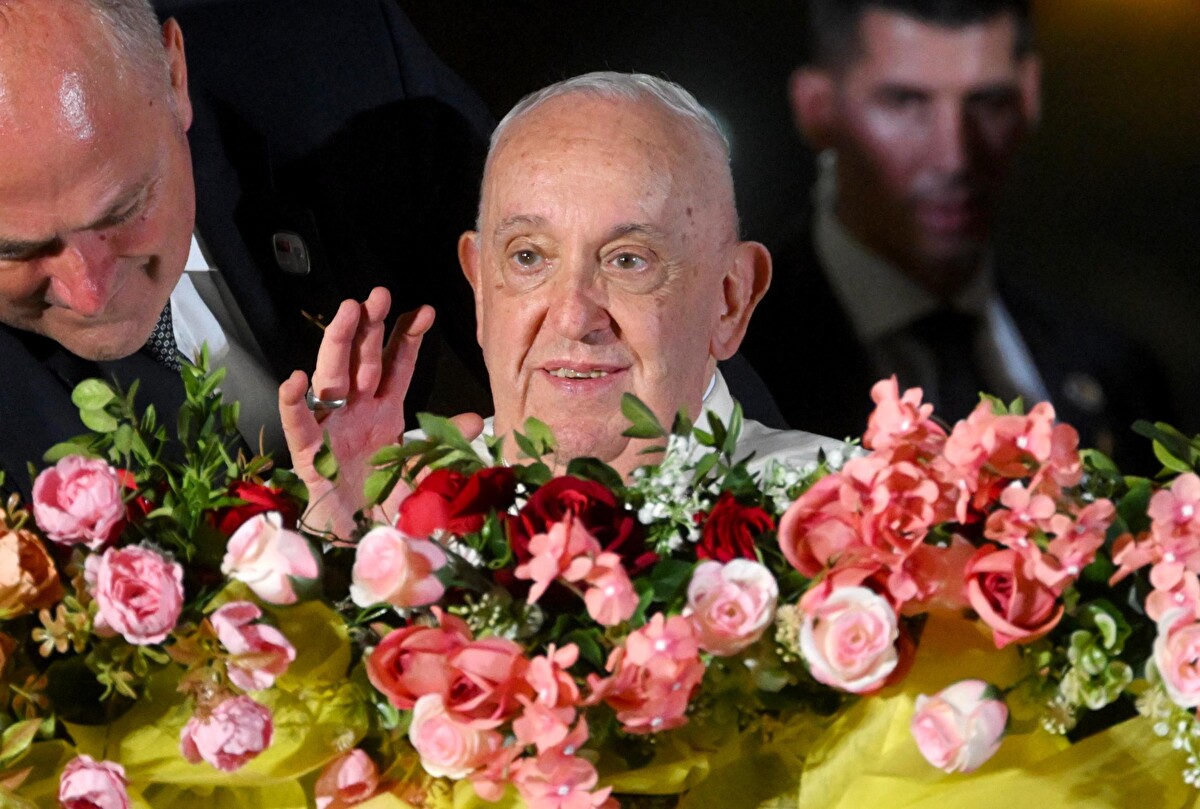If you’ve wondered why you keep seeing different spellings of the name for the GOP’s vice-presidential candidate, you’re not alone. Is it J.D.? Is it JD? Who is J. D. Hamel? James David Hamel? Yes, all these monikers refer to the same person, J.D. Vance, Donald Trump’s VP pick. Why so many names?
J.D. Vance has become widely recognized in American political and literary circles. As the vice-presidential candidate, there will be no day on which he’s not in the news. The journey of the name itself is as complex and storied as the man it represents. Born James Donald Bowman, he has navigated a life that led him through various name changes, each marking a significant chapter in his life.
Born in Middletown, Ohio, Vance’s early years were marked by familial instability, leading to his first name change. When his mother remarried, he was adopted by his stepfather, Robert Hamel, and he went from James Donald Bowman to James David Hamel. This name would accompany him through his formative years, his service as a U.S. Marine, and his academic pursuits at the Ohio State University and Yale Law School.
The name J.D. Hamel, however, did not sit well with Vance. It was a constant reminder of a connection that no longer existed, especially after his mother and adoptive father divorced. The dissonance between his legal name and his personal identity prompted another transformation, this time to J.D. Vance, the name under which he authored the bestselling memoir “Hillbilly Elegy.” The surname “Vance” was adopted to mark a new chapter in his life, apparently to separate himself both from his biological father’s name, Bowman, and his stepfather’s name, Hamel. Reinventing himself as “Vance” reflects a personal choice to establish his own legacy and identity–a break from his past–although he now speaks about the past he has run from quite frequently, as he has crafted a narrative that highlights its deprivation and trials. He has rescripted it as the fulfillment of the American Dream: an underprivileged but gifted boy who made good.

Vance’s memoir not only catapulted him to fame but also introduced him to the world under a name that he felt represented his true self. The periods in J.D. that initially used to stand for James David (or Donald), were eventually dropped, simplifying his name to JD Vance. This change was more than cosmetic; it was the completion of a self-chosen identity, a man who gave birth to himself.
Today, as Vance steps into the political arena, his name carries the weight of his personal history and public persona. But that evolution is not confined to his name, his beliefs have also undergone a radical change. The Columbus Dispatch and USA Today captured the stunning turnaround of Vance’s relationship to Trump in eleven cartoons.
In the runup to the 2016 race Vance wrote to an associate on Facebook, “I go back and forth between thinking Trump is a cynical asshole like Nixon who wouldn’t be that bad (and might even prove useful) or that he’s America’s Hitler”. A self-described “never Trumper,” Vance invariably referred to him as an idiot, immoral, and reprehensible.
Of course, human beings evolve and in the process, come to new realizations. We’re allowed to change our minds when presented with new evidence. Vance has said that he has not experienced one single “eureka moment”, but that he eventually came to believe that Trump was, and will be for a second time, “a great president.”
Nevertheless, his many names present us with a conundrum: if he has suffered such confusion in adopting one single identity for himself, it’s legitimate to ask, how stable and enduring can his political beliefs be?












